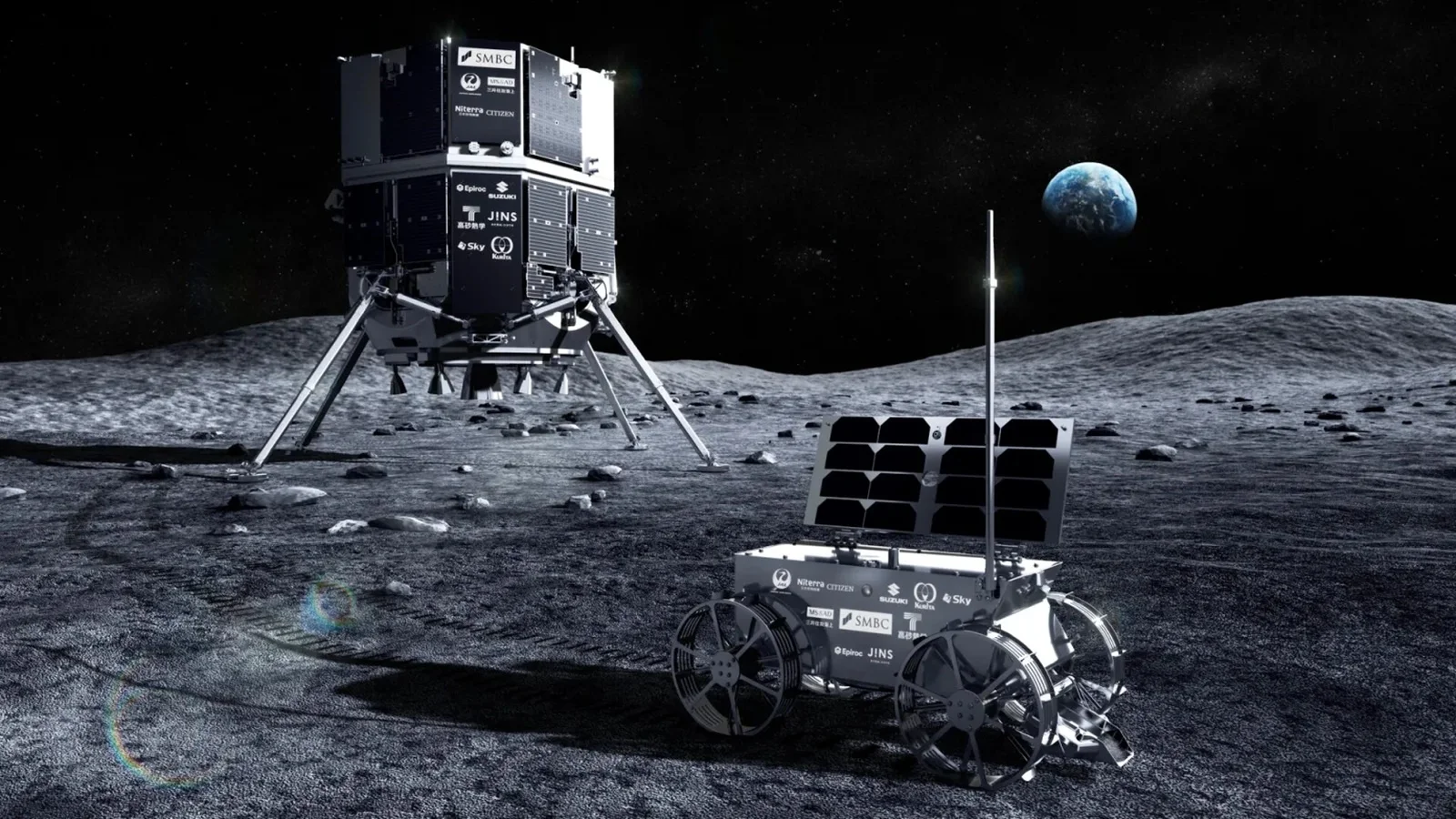An important mission went wrong. Here are the details.
The Resilience probe from the Japanese company ispace failed to make a soft landing on the Moon in the Sea of Cold. The device apparently crashed on the surface of the Earth’s satellite — its loss has already been confirmed by company representatives, who have begun investigating the causes of the accident.
The Resilience platform was designed to operate for one lunar day, about 14 Earth days. In a statement, ispace said the initial phases of the descent proceeded as planned. However, telemetry then showed that the craft reached the surface almost two minutes earlier than planned and was traveling at 187 km/h, too fast for a safe landing. After that, data transmission ceased, and communication with the probe was never restored.
Initial investigation results showed that, for some reason, the computer was receiving data from the laser rangefinder used to determine altitude with a delay. Therefore, the device was not able to slow down enough in time to reach the calculated speed. Representatives of ispace declined to speculate on the root cause of the failure. At the same time, they emphasized it is unlikely to be related to the accident in April 2023, when the company’s first probe also crashed during landing. That incident was caused by software, which made the computer “think” the platform had reached the surface while it was still about five kilometers above. The company’s engineers noted that the rangefinder designs on both devices differ, and the software has since been corrected and updated.
Recall that Resilience was launched on a low-energy trajectory on January 15 aboard a SpaceX Falcon 9 rocket. On May 6, it entered lunar orbit, and preparations for landing began. Before the final descent phase, the module reached an altitude of 100 kilometers in a circular orbit.
The 340-kilogram device carried several experimental instruments. The largest payload was the five-kilogram Tenacious rover, developed by ispace’s European division. The rover was equipped with cameras and a bucket for collecting regolith.
It should be noted that ispace is working on a new Apex 1.0 lander model for a commercial mission commissioned by NASA, scheduled for launch in 2027.
Earlier, we reported that NASA is testing an unusual robot for mining lunar regolith.
